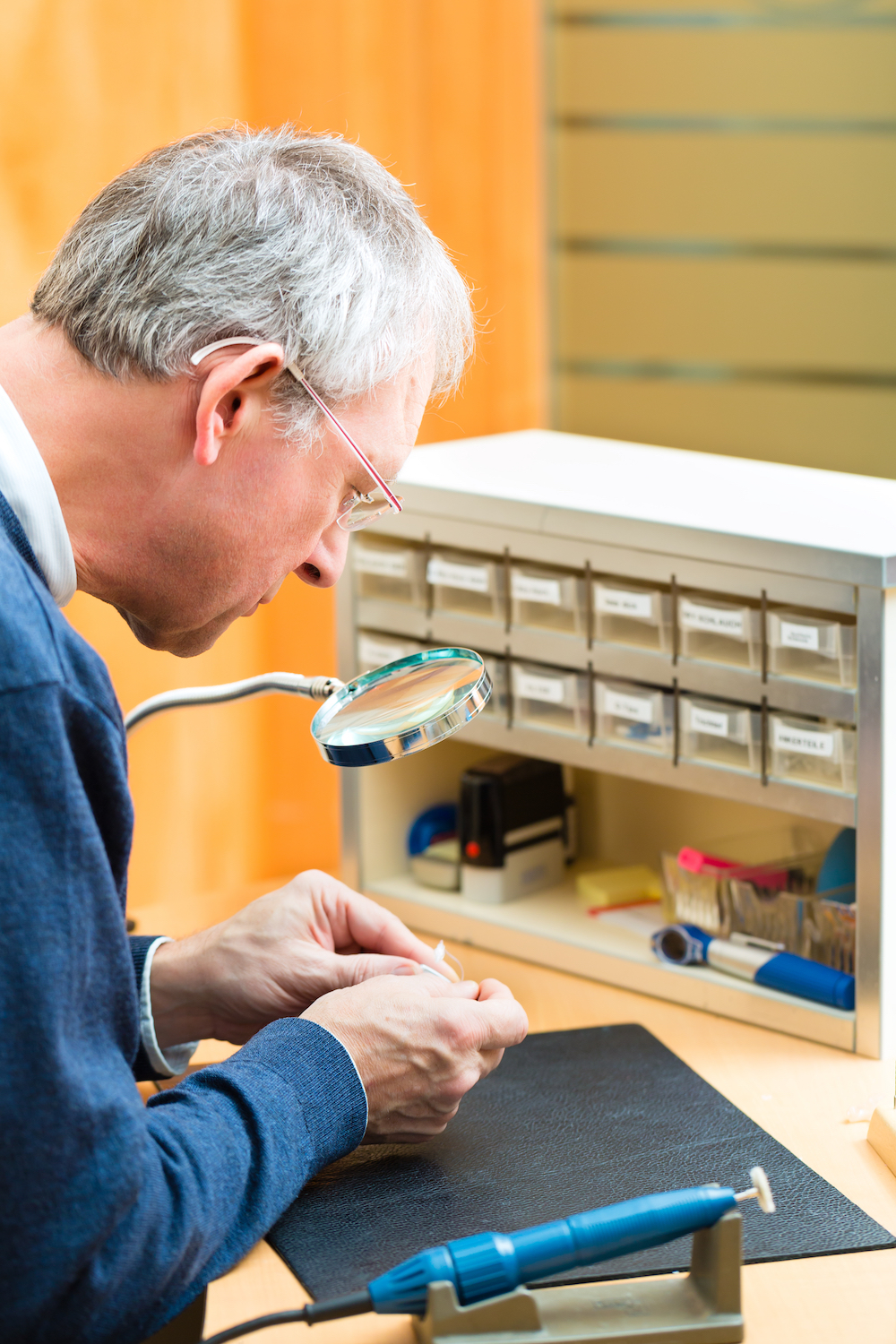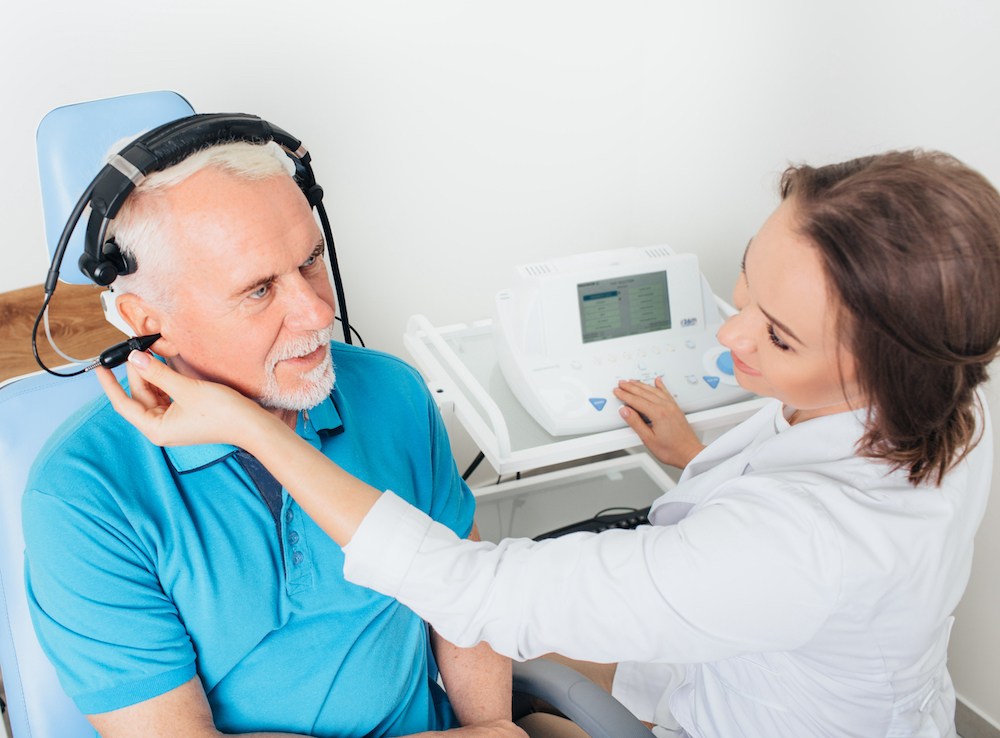Quick Fixes for Everyday Hearing Aid Glitches
Your new hearing aids have the potential to significantly enhance your
Local: (512) 956-HEAR (4327)


Your new hearing aids have the potential to significantly enhance your

Whether this is your first time getting a hearing aid fitting or not, it

It’s already clear that mental health and physical health are directly